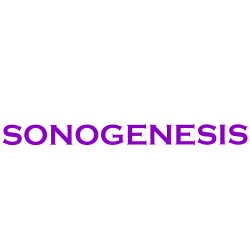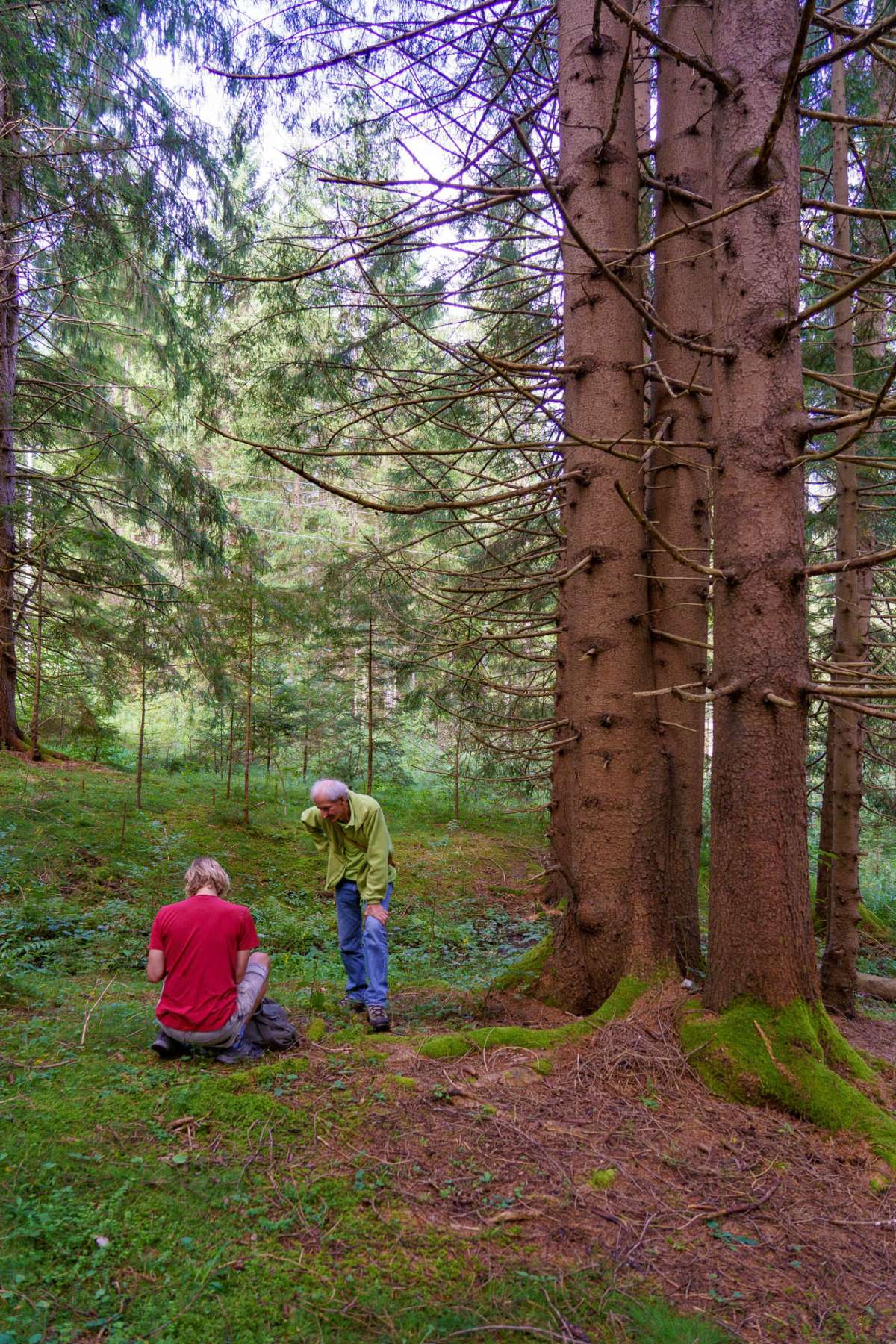Summary: Researchers explore how sounds and music have the power to soothe, energize, and connect us to one another.
Source: USC
When Ludwig van Beethoven began losing his hearing as a young man in 1798, he blamed it on a fall, though modern researchers believe illness, lead poisoning or a middle ear deformity could have been factors.
Whatever the cause, the hearing impairment did nothing to sweeten the acclaimed composer’s notoriously sour disposition, understandably contributing to his melancholy and ill temper.
Today, more than 200 years after the onset of Beethoven’s hearing problems, we know far more about the nature of sound and the causes of hearing loss. We also better understand how the brain comprehends language, and the power of music to affect brain activity.
But if we now have the means to protect against certain diseases that affect hearing, solutions to address the most common cause of hearing loss, aging, have been more challenging. The effects of aging on hearing can be slowed or partially ameliorated without biomedical devices, but they cannot be reversed — yet.
New hope for the deaf
USC Dornsife’s Charles McKenna, professor of chemistry, believes he, along with scientists at Harvard Medical School’s Massachusetts Eye and Ear Institute, may have discovered a drug to repair inner ear cells that are damaged not only from aging, but from prolonged exposure to noise. This drug has the potential to treat damaged areas without being washed away by the ear’s natural fluid — a crucial breakthrough.
McKenna explains that neural sensors turn the vibrations we perceive as sounds into electrical impulses that the brain can register and decipher. When these sensors are damaged, hearing loss and other issues occur.
“A nerve can send a signal to the brain that lets the brain say, ‘This is a Mozart composition’ or ‘This is someone speaking,’” McKenna says.
“The theory is that if you could regenerate the neural sensors, you would restore hearing to those who have lost it. Though there are drugs that appear to have the ability to induce regeneration of these neural sensors, successfully deploying those drugs has been a tremendous challenge.”
First, the cochlea, the part of the inner ear where damaged cells are located, is bony, making it difficult for drugs to adhere to it. Second, even if a compound is shown to attach to the structure, the inner ear’s naturally occurring fluid tends to wash it away before it can work.
Based on encouraging findings from their latest study, McKenna says he and his colleagues are optimistic their compound will adhere to the cochlea long enough to be effective. With more research, they hope to prove its efficacy.
The Power of Music
While Beethoven struggled with hearing problems, his music, perhaps paradoxically, may help improve the brain functions of others.
Assal Habibi, head of the Brain & Music Lab at USC Dornsife’s Brain and Creativity Institute and associate professor (research) of psychology, explores how music and song affect brain activity using data collected through electroencephalography and neuroimaging.
She and her colleagues have found that music can have several quantifiable benefits for the human brain, particularly in children. For example, playing music can help children hone their concentration skills.
“Music training helps with what is known as speech-in-noise perception — for example, when you’re in a noisy environment and someone is calling your name or saying something you need to hear,” Habibi says. “This is a crucial ability for children in a noisy classroom who need to be able to hear the teacher and tune out background noise.”
Music training has also been shown to help some children reach developmental milestones faster. If ongoing research can establish the connection, music training might be able to prevent the onset of certain behavioral and learning issues and lead to new therapies for children who struggle with them.
“One hypothesis is that if music can assist children in reaching developmental milestones faster, for example if they develop language skills earlier, they will be able to better express their feelings and communicate more
effectively,” Habibi says.
The Science of Language
While music therapy can help individuals sharpen their ability to discern the signal from the noise, linguistics is the discipline that deals with how we create and process the signal — speech itself.
Linguists specialize in the building blocks of language, or how sounds combine to create a word that is understood by different people, despite the fact that no two people will speak a word completely identically.

Dani Byrd, professor of linguistics at USC Dornsife, examines how the vocal tract creates and combines these sounds in everyday speech, and how languages evolve to structure these sounds for encoding information.
“As a linguist I ask, ‘What are the rules that languages use to build their structures, to build their words and phrases? How do they differ from language to language?’ And I look at how and why we can understand these sounds as we do.”
Byrd says our complicated and incredibly nuanced sense of hearing mirrors a corresponding complexity in how we shape our words and sounds to convey meaning.
“The sensory cells of the inner ear are the most sensitive mechanoreceptor of the body. They have movements on a nanometer scale,” she says. “When air pressure fluctuations move your eardrum, that creates movement and an electrochemical cascade inside the inner ear.”
Our sense of hearing has the power to move us in a myriad ways. It also has the power to inspire wonder at its many — as yet — still unsolved mysteries: Why is it that we understand a gasp as a signal of surprise, or possibly fear? Why does the key of D minor often provoke feelings of sadness in one listener but not another? And how is it that our brain can take these vibrations of air and transform them into words, emotions
or messages?
“Isn’t it amazing,” says Byrd, “that these tiny fluctuations in air pressure can make you laugh or cry, can convey urgency, can make you fall in love?”
About this auditory neuroscience research news
Author: Meredith McGroarty
Source: USC
Contact: Meredith McGroarty – USC
Image: The image is in the public domain
Source: Neuroscience News


